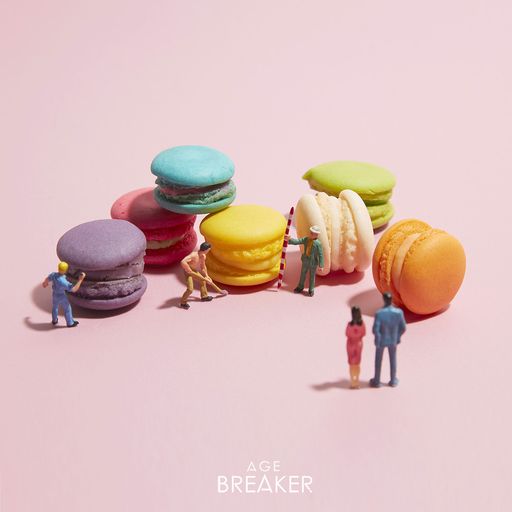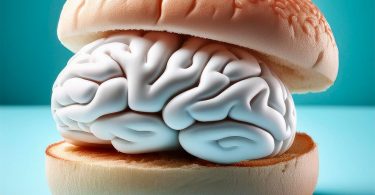The very sharp increase in sugar consumption would explain the absence of a self-repair mechanism to fight against glycation, a major cause of aging.
Sugar is the fuel of glycation. Its consumption in excess accelerates this glycation, which is directly responsible for the aging of cells and diseases related to aging, type 2 diabetes, cardiovascular diseases, neurodegenerative diseases… (1).
Opportunely, the body has self-repair mechanisms to fight against other causes of aging: the production of Superoxide Dismutase against oxidation, cellular repair of DNA or pigmentation of the dermis exposed to UVs.
Nothing however, to counteract the ravages of glycation. Worse still, the predisposition to glycation would be transmitted to future generations by epigenetic means.
An attempt to explain this is that evolution has not had time to take glycation into account: the westernization of the food lifestyle has led to a sudden increase in sugar consumption throughout the world (multiplied by 10 in a few years in certain populations). The body, overwhelmed, did not follow, leading more and more populations into the trap of glycation and the whirlwind of accelerated aging.
PS: nearly 400 tons of sugar were consumed worldwide during the 60 seconds it took to read this article (source: www.planetoscope.com).
© AGE Breaker 04 2023
[Glycation is one of the major causes of aging. Resulting from the fixation of sugars on the proteins constituting the organism, glycation generates toxic compounds that cause cellular aging. Glycation is particularly involved in metabolic disorders, skin aging and cognitive decline.] [AGE BREAKER, patented nutritional supplements, based on rosmarinic acid, recognized by aging specialists around the world for their properties to reverse the effects of glycation.]More on www.agebreaker.com
#agebreaker #glycation #antiaging #longevitymedicine #preventivemedicine #preventivehealth #skinaging #4pmedicine #advancedglycationendproducts
(1): A. Grobkopf et Al: Carbohydrates in nutrition: friend or foe? Z Gerontol Geriatr. 2020 Jul;53(4):290-294. DOI: 10.1007/s00391-020-01726-1









